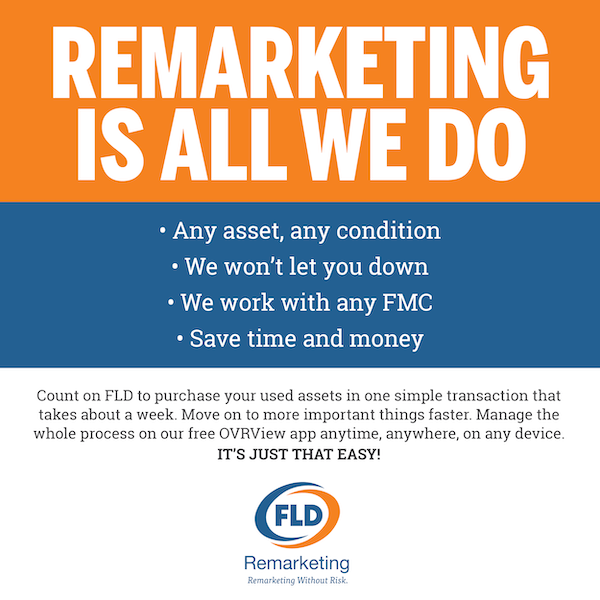
By Greg Neuman, Senior Manager of Quality Control, CEI
The most common damage to fleet vehicle are dings and dents, things that detract from a vehicle’s appearance but don’t affect its safety.
And while repairing them isn’t the single biggest expense a fleet manager can authorize, if you’re in a money-saving mode and appearance isn’t a priority, you can keep your repair bill down by deciding not to repair them, especially in light of how many appear in a year. But even if your fleet allows you to avoid such “cosmetic” repairs to optimize your spending management, you need to ask yourself several other questions:
Will the damage get worse? If the paint isn’t cracked, you may be OK. But if it is, rust is inevitable, and will eventually result in a more expensive repair to restore body integrity. The best advice is to repair any part of the vehicle when the paint is cracked.
Can the dent be repaired more cheaply? Traditional dent repair involves a number of steps that include drilling holes, pulling the sheet metal, grinding, using filler, sanding and painting. Sometimes it’s the only way to go. But there is a less expensive alternative that is sometimes feasible. It’s called “paintless dent repair” (or “PDR”), and it can save you 30% or more over the traditional repair technique. For example, a dent in a front fender might cost $350 to $500 to repair by the traditional method, but just $75 to $150 using PDR.
There are two reasons PDR should be used when possible. The turn-around time is quicker and it maintains the factory finish. PDR takes advantage of sheet metal’s intrinsic “memory”; a PDR tech gently taps and massages a dent until it springs back to its original shape, with the original paint still good. But this brings us to a third question:
Is PDR feasible? PDR has its limits. Obviously, it shouldn’t be used when the paint is cracked. But there are other types of damage for which PDR isn’t possible. They include large and deep dents, dents along body creases, and at the edge of body panels or over structural reinforcements. Body creases already push the sheet metal beyond its ability to spring back to shape. And, since PDR technicians work from behind the dent, they’re not accessible when reinforcement parts are in the way. That being said, about 90% of all minor dents and dings can be removed with PDR. Over the long run, PDR savings can add up to a meaningful amount.

